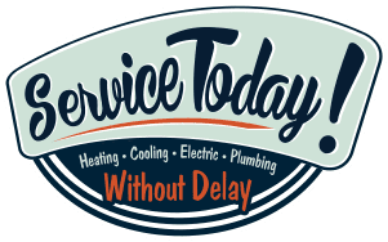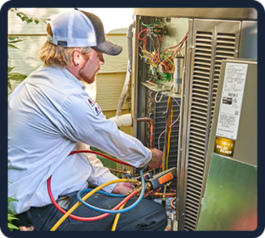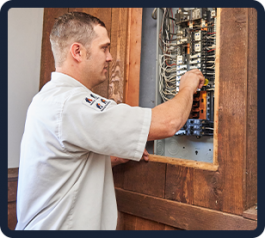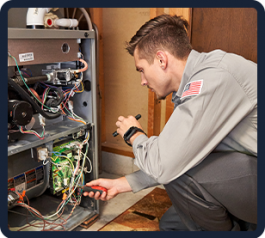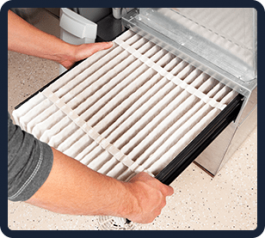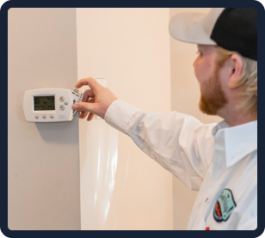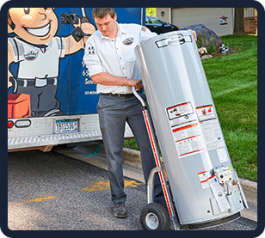Service Today! Without Delay.
We Have a Commitment to Customer Satisfaction
- AIR CONDITIONING
- ELECTRIC
- PLUMBING

Home Solutions
We Offer the Highest Quality & Most Professional Services
The Service Today! Way
See What Customers Value About Us
-
Professional Technicians
All of our technicians are background checked and drug tested. - Fully Stocked Trucks We have fully stocked trucks so that we can handle any job.
- Emergency Services Available We answer phone calls 24/7 because we know that emergencies happen.
- Focused on Customer Service We spend more time with each customer so that we can focus on their unique needs.

SHAPE Membership Program
Regular maintenance is an important element of keeping your home’s heating, air conditioning, plumbing, and electrical systems running at peak performance and efficiency. At Service Today!, we make heating & air conditioning, plumbing, and electrical maintenance easier and more affordable than ever with our Safeguard Heating, Air, Plumbing, and Electrical (SHAPE) Membership program.
Get Zero Down, No-Interest, No-Payment Financing For 12 Months*
*Interest increases to 9.99%, depending on credit approval. Payment options range from 60 to 180 months.
At Service Today!, we understand that you can’t always predict when your heater or air conditioner will stop working, or when your plumbing or electrical systems will need major repairs. Because we believe that everyone deserves to receive high-quality home service repairs and replacements—no matter when an emergency strikes—we are proud to offer several financing options for our customers. With our heating & air conditioning, plumbing, and electrical financing, you can get the crucial repair or replacement services you need now without having to worry about the cost.
Our Reviews
Your Friends & Neighbors Love Us



